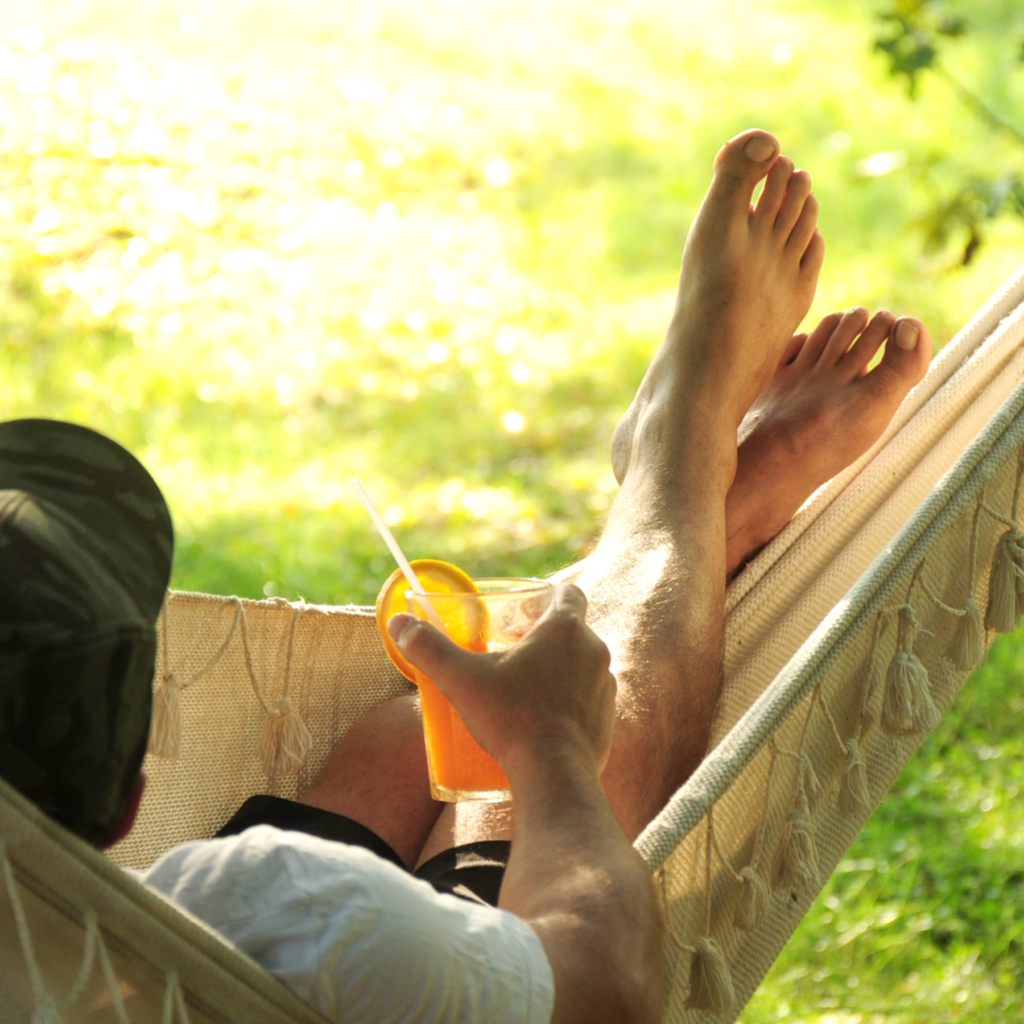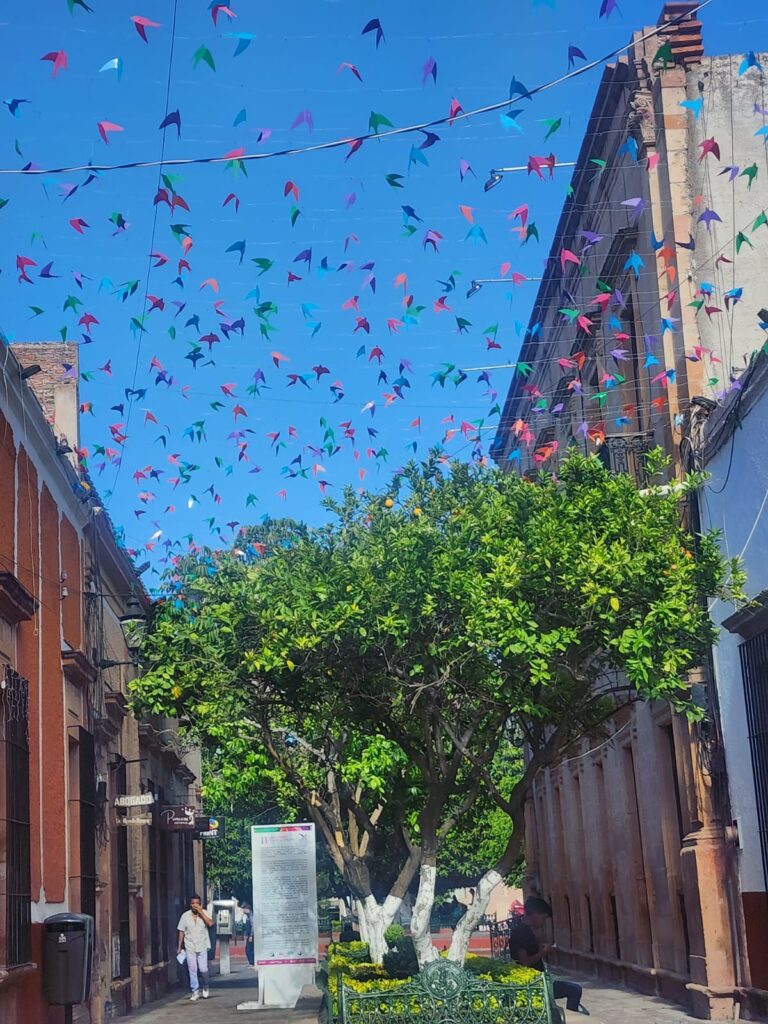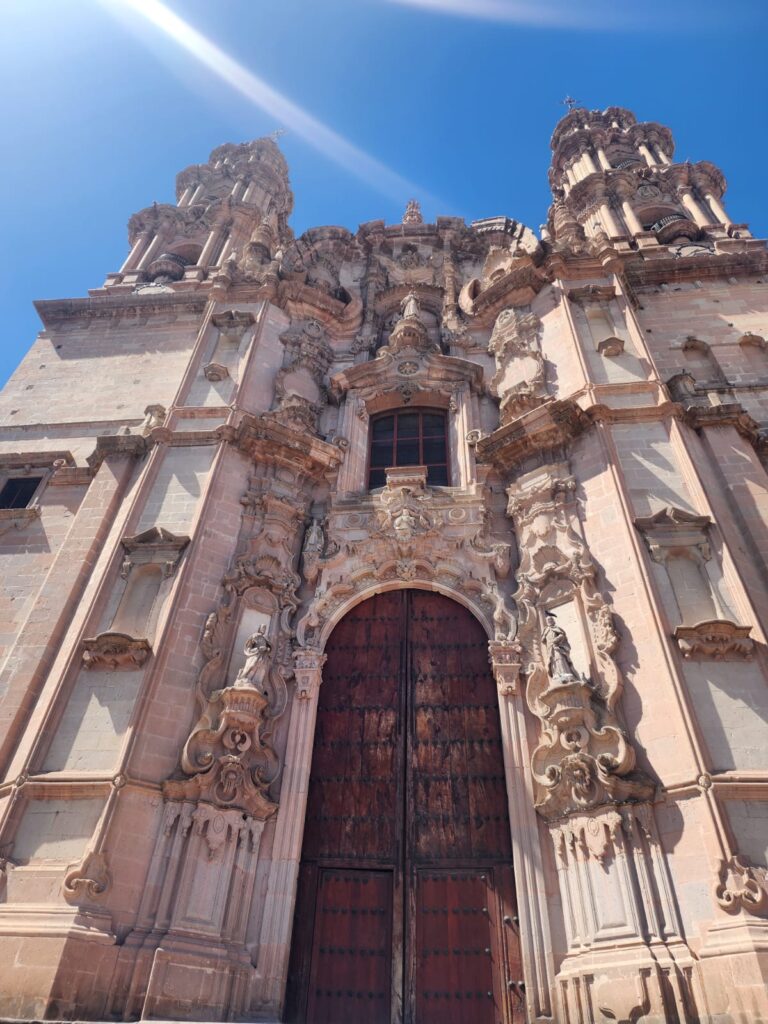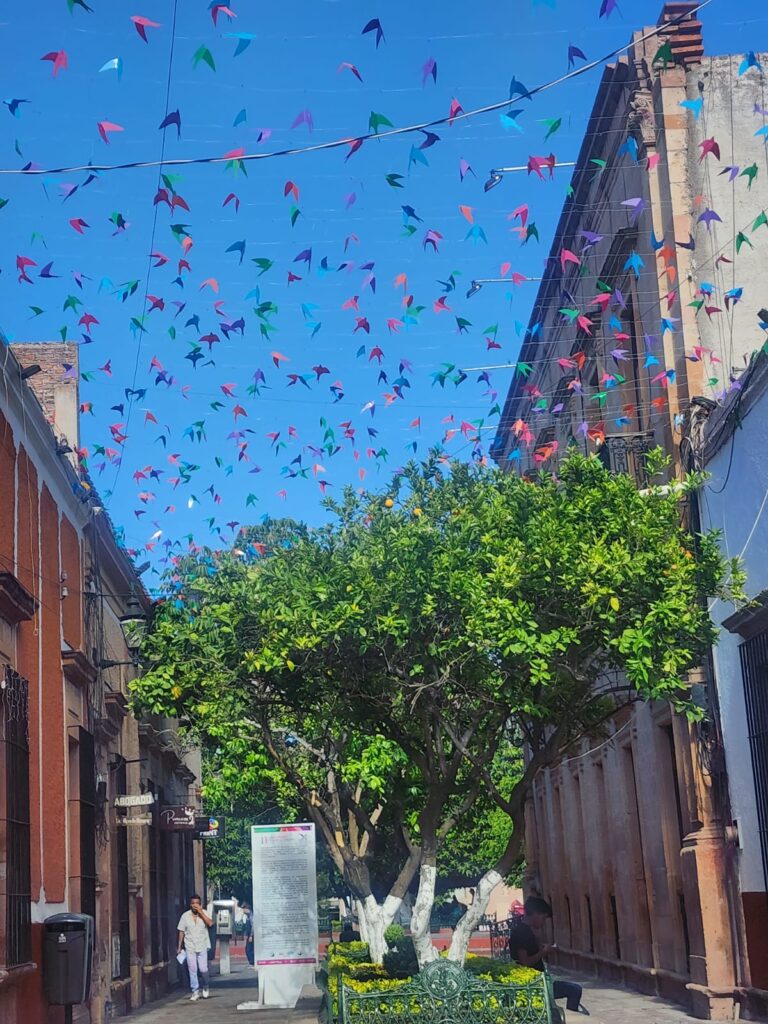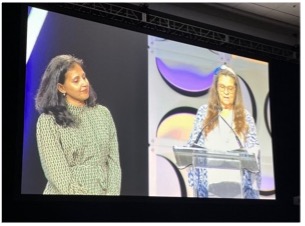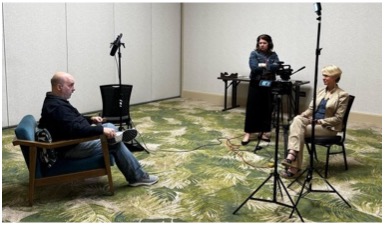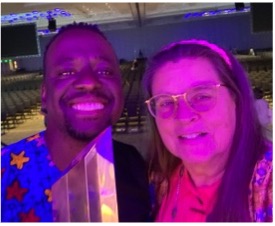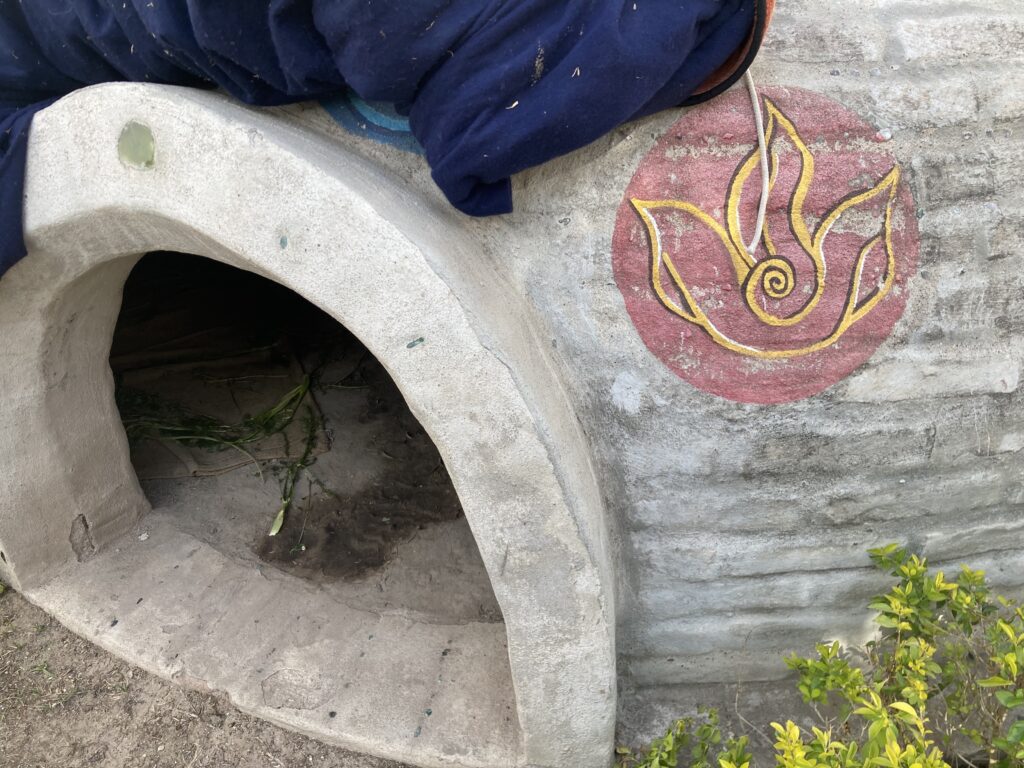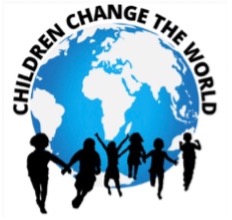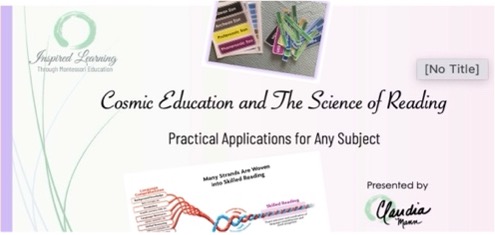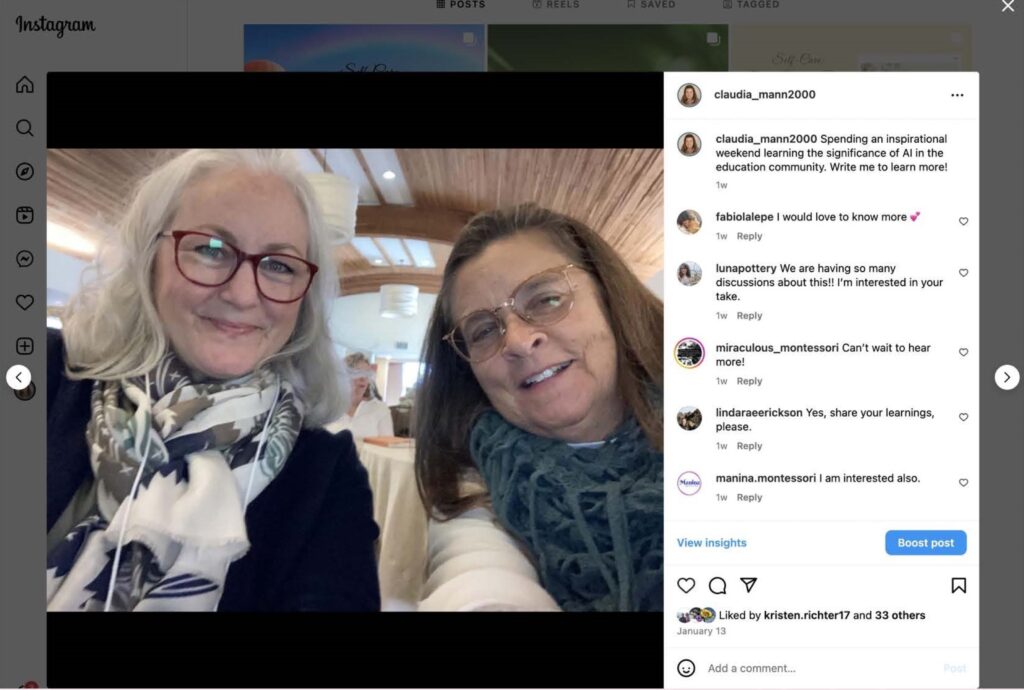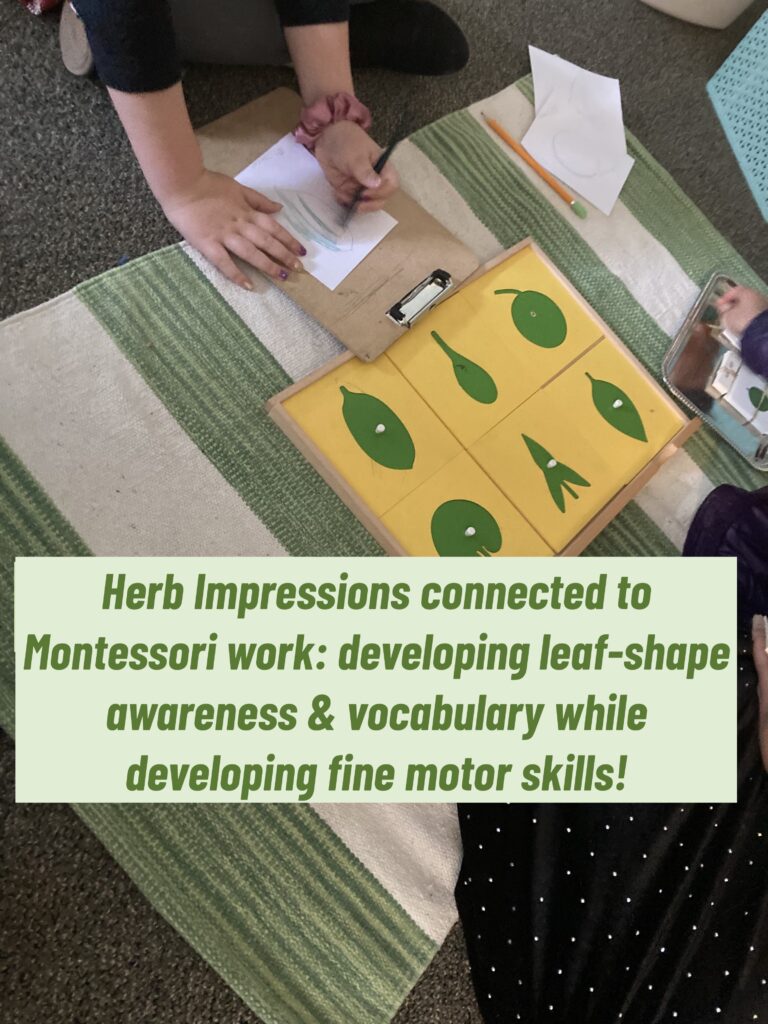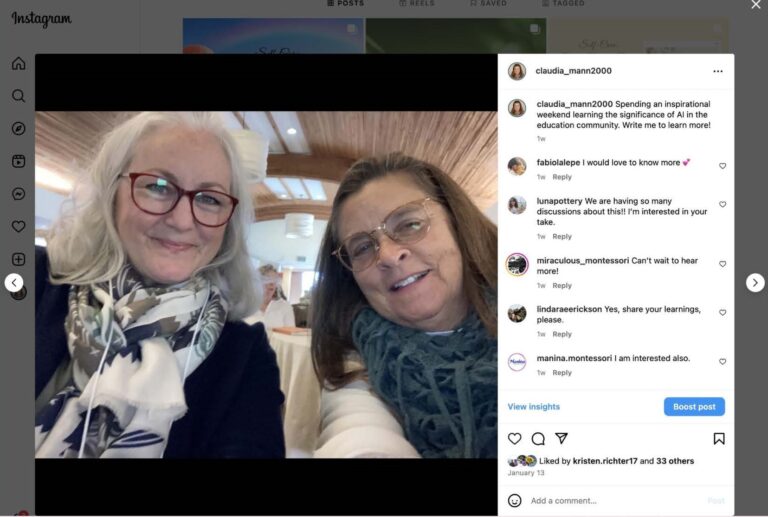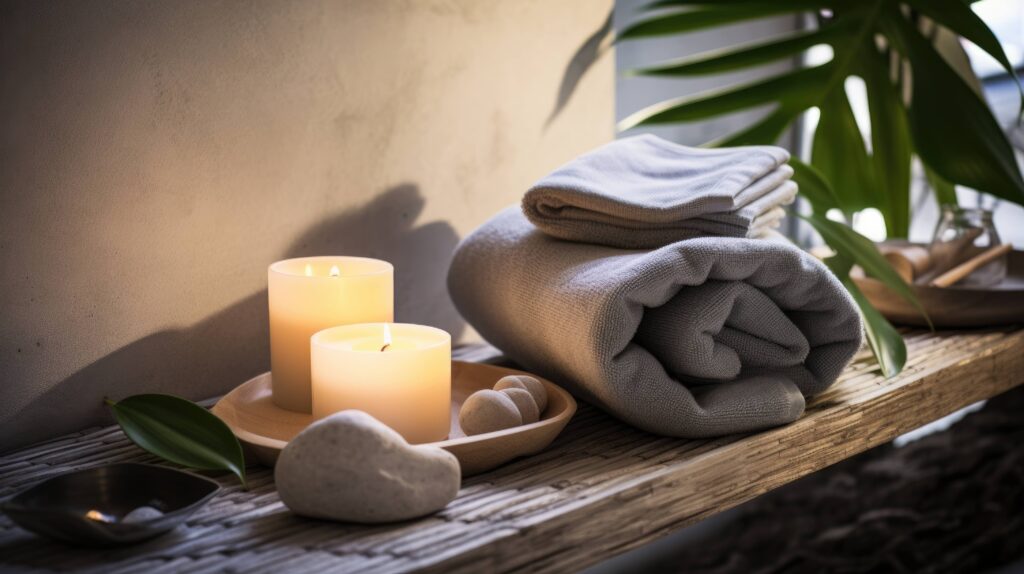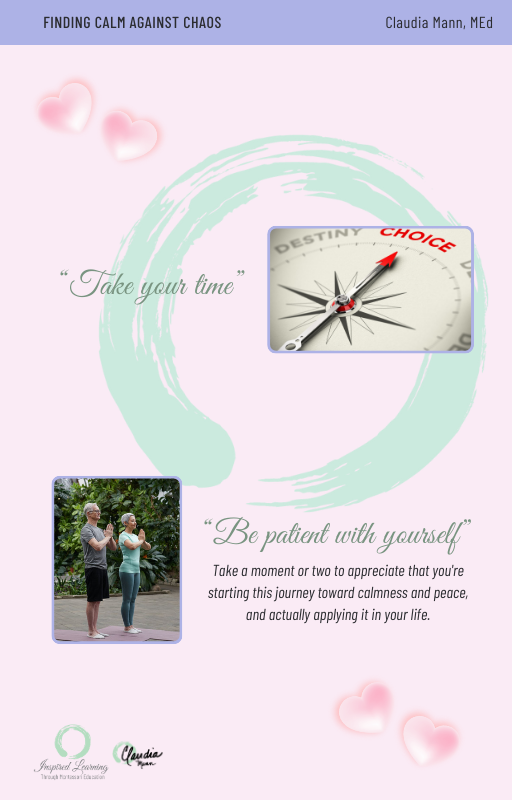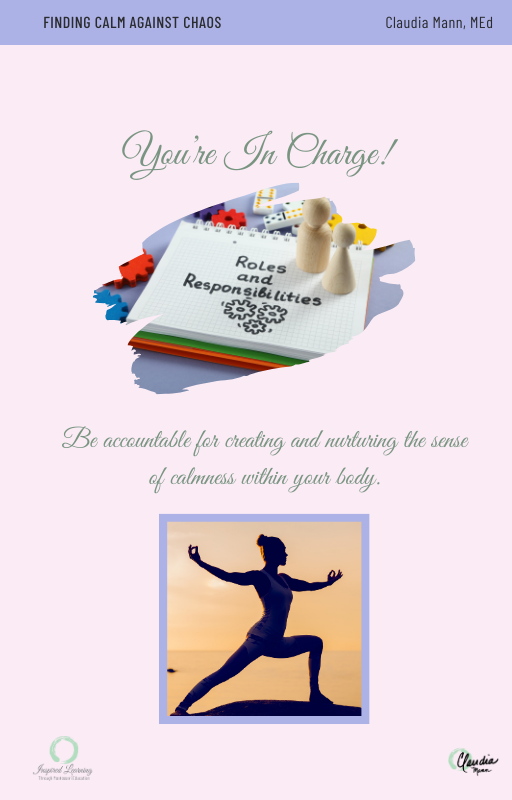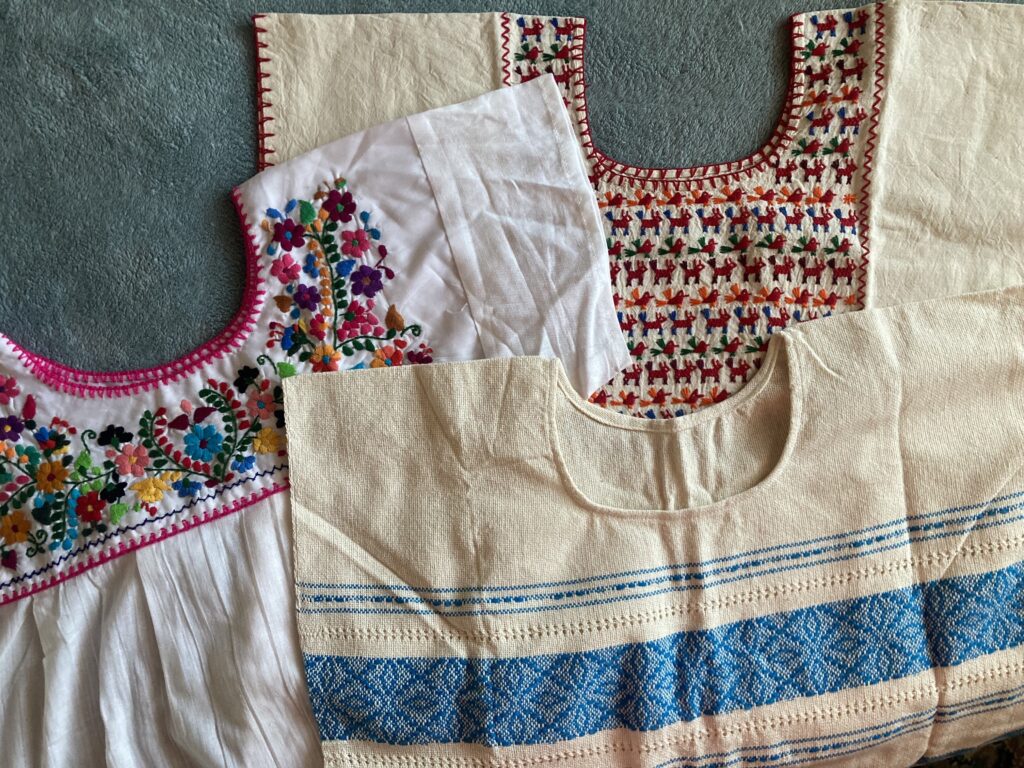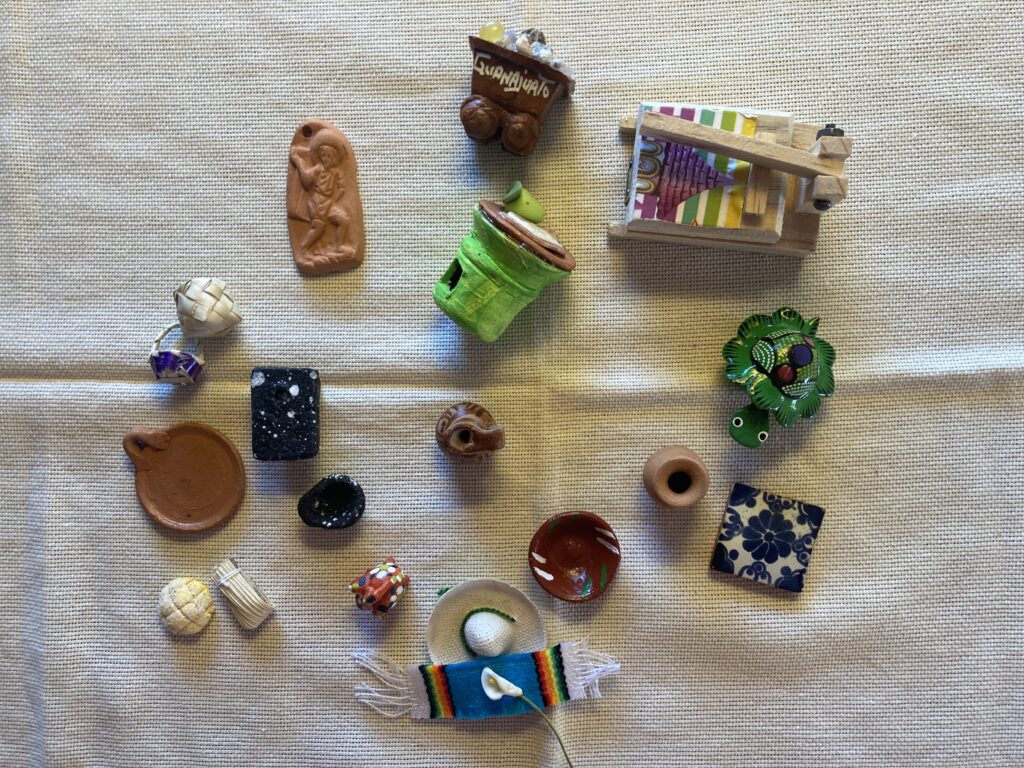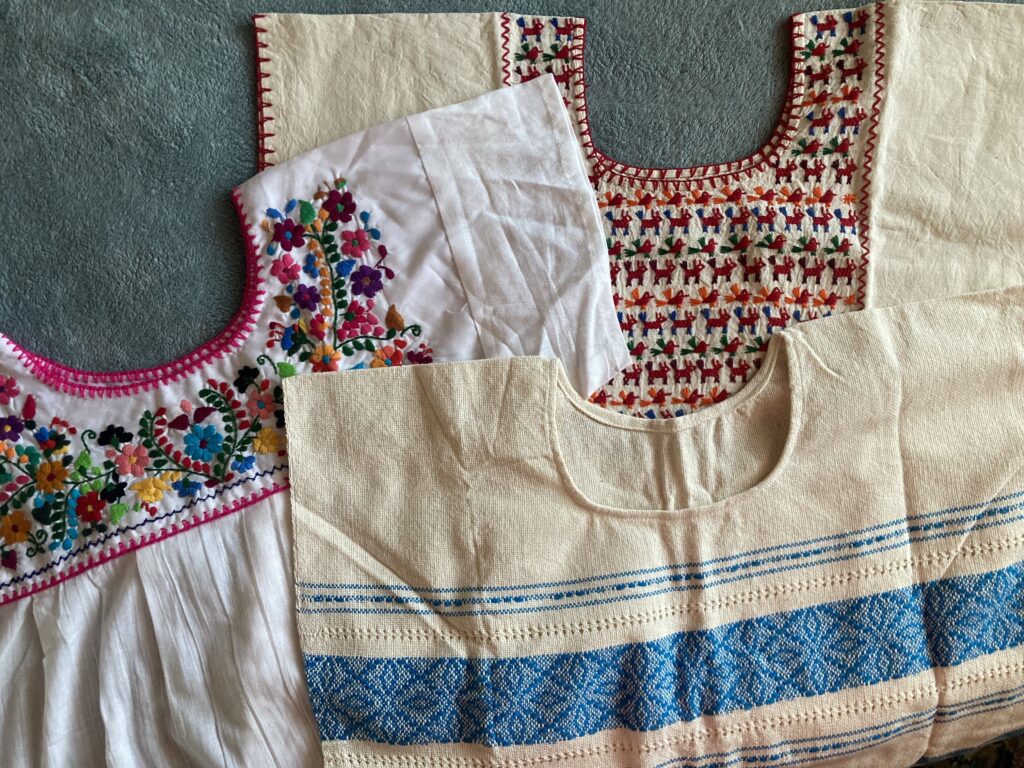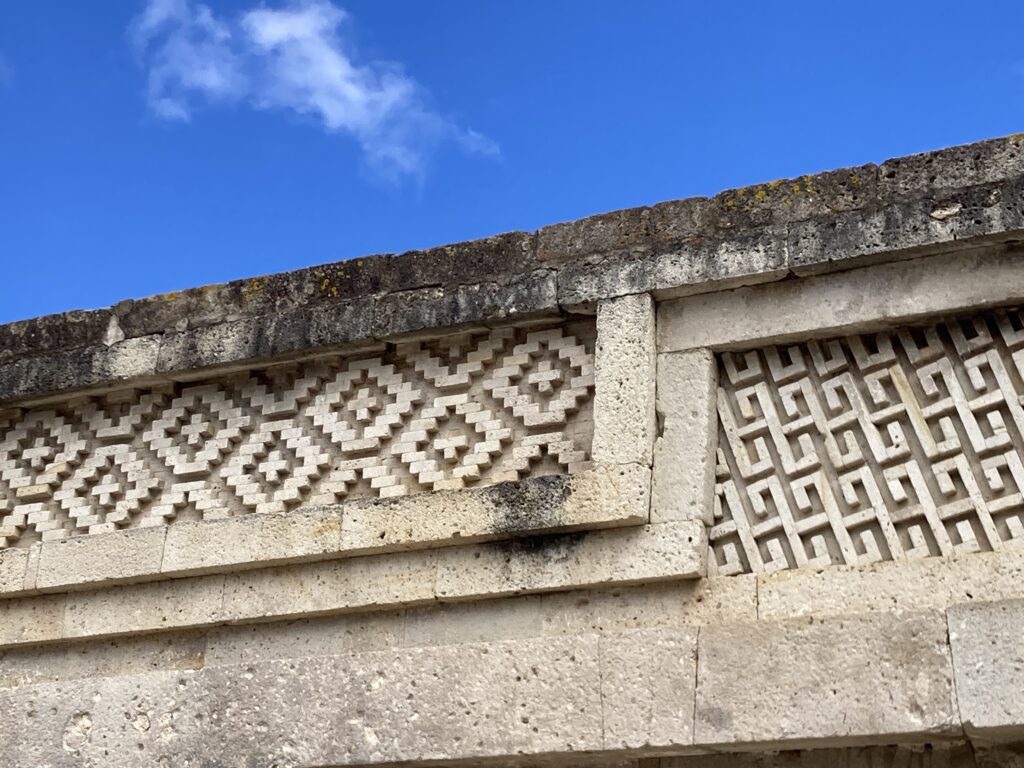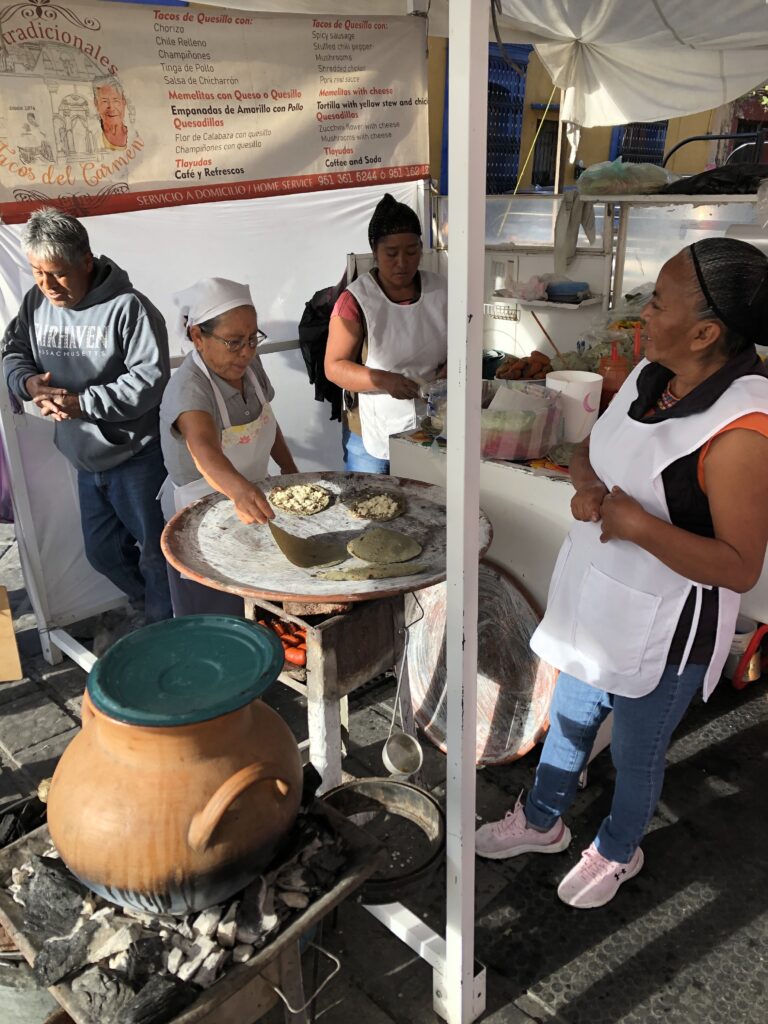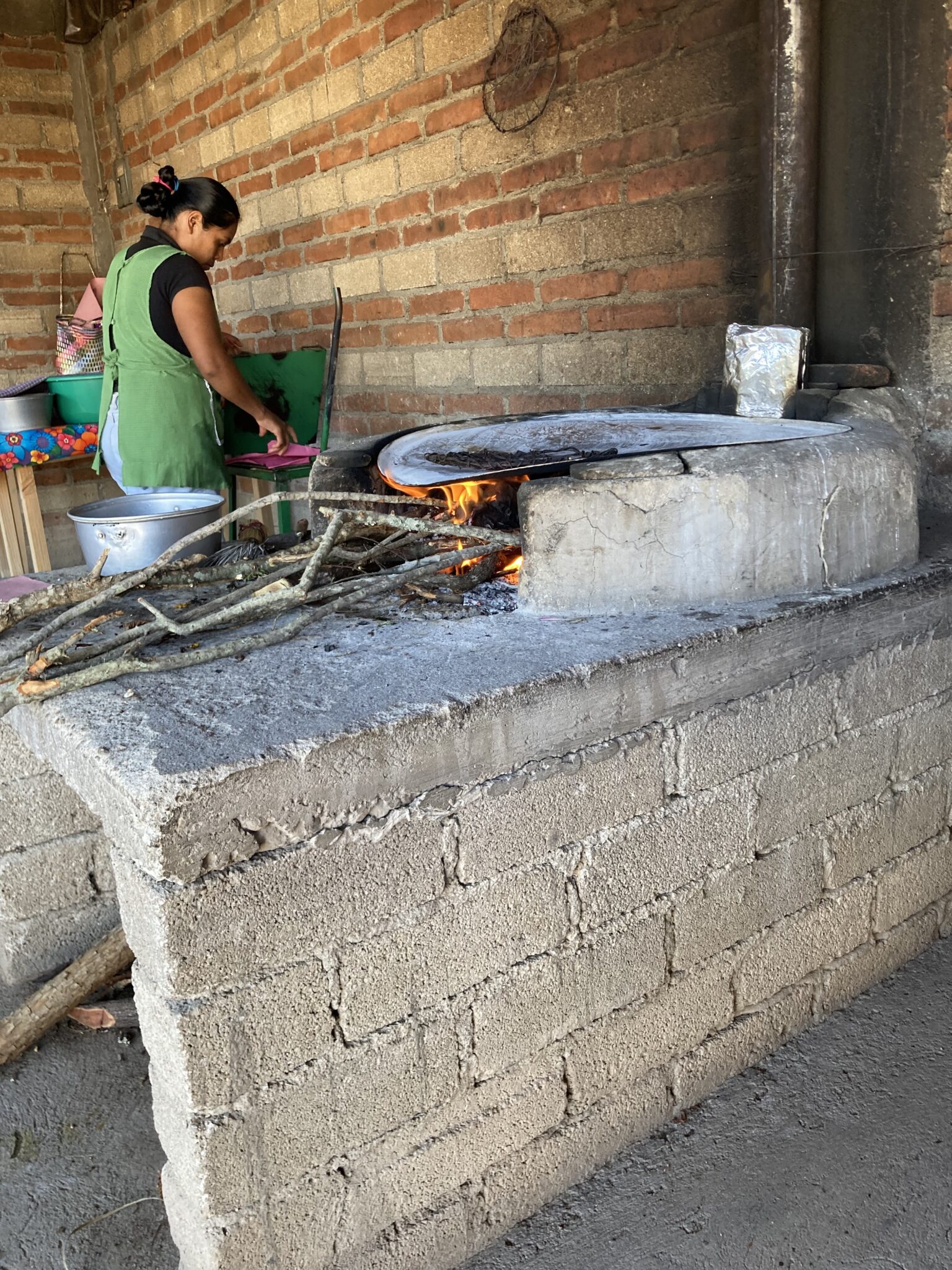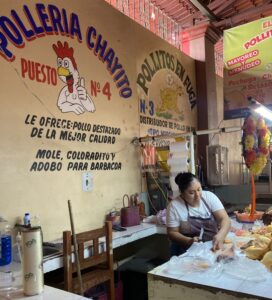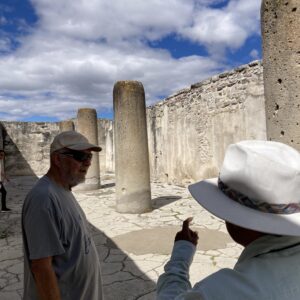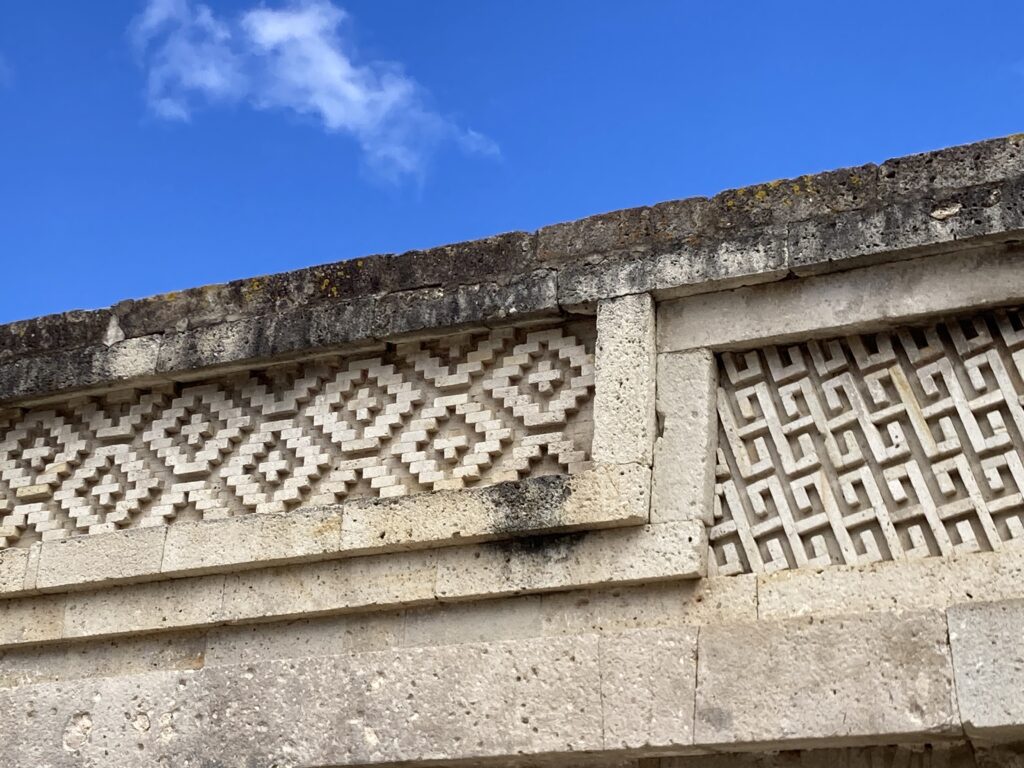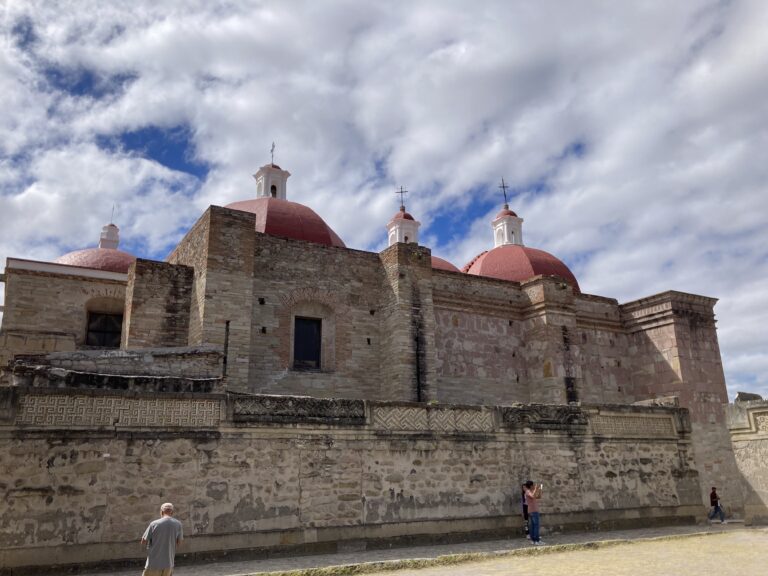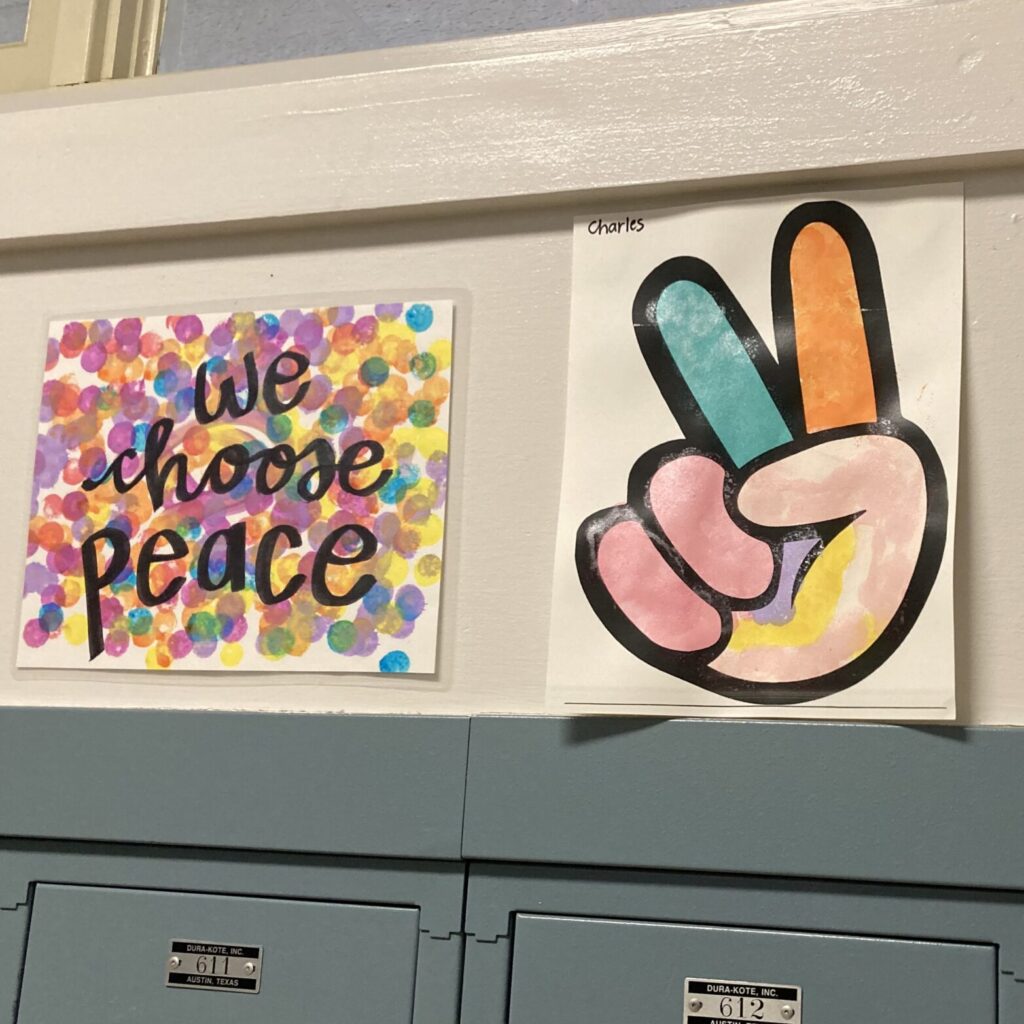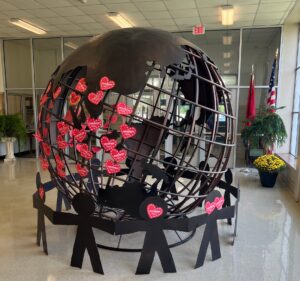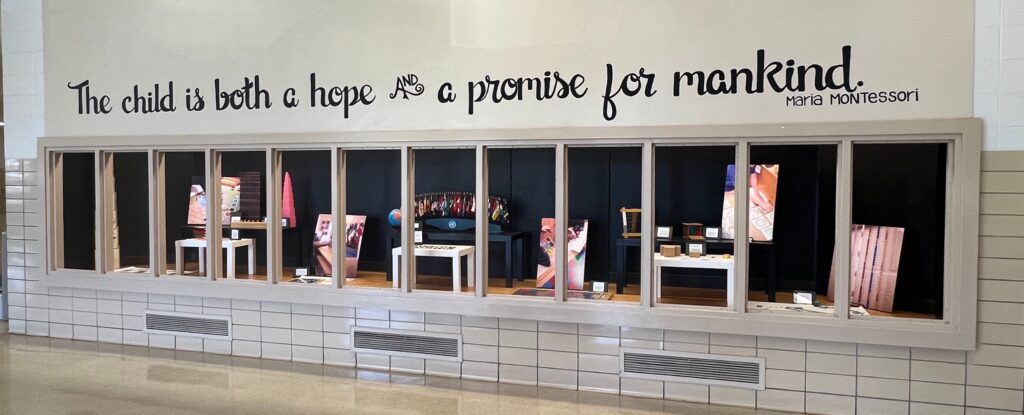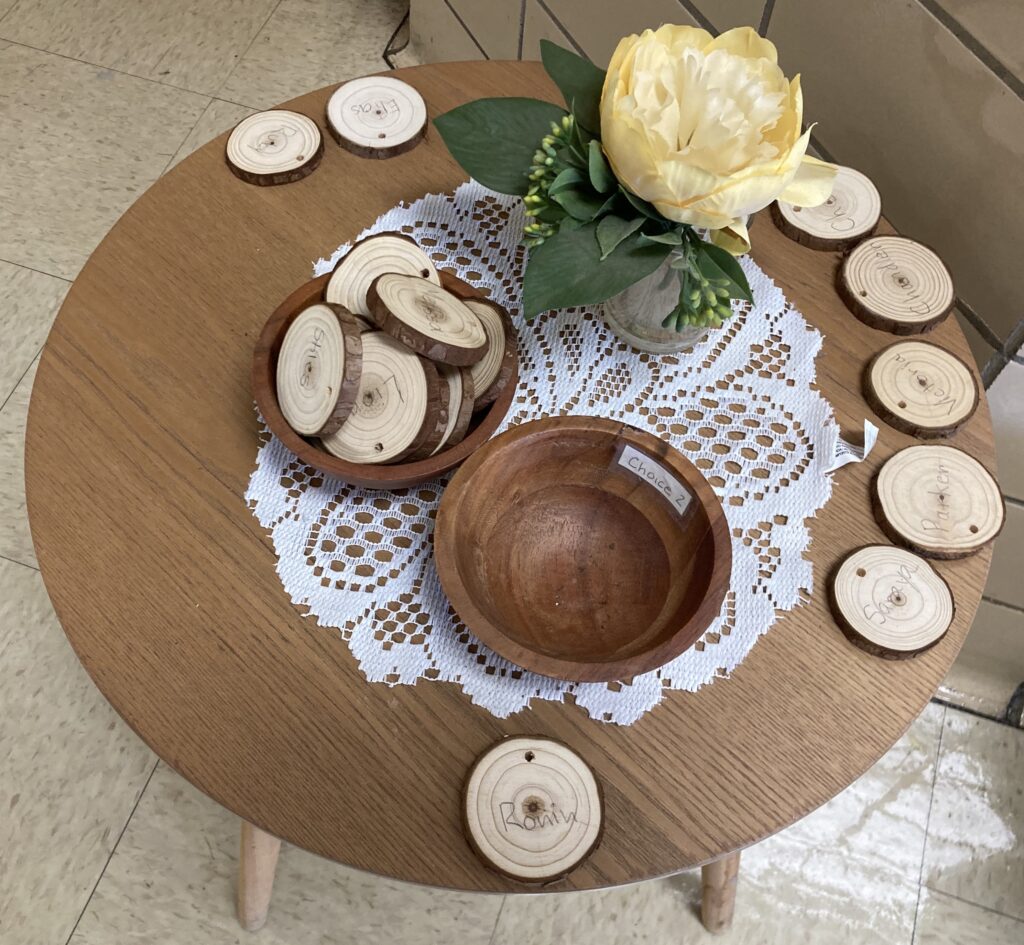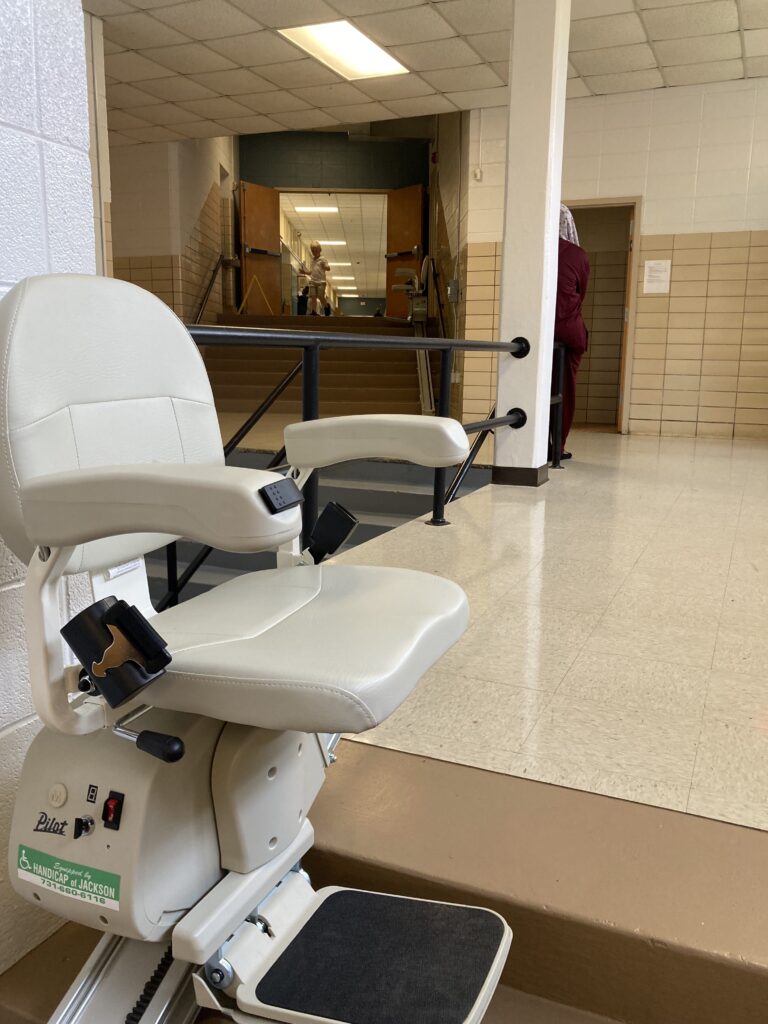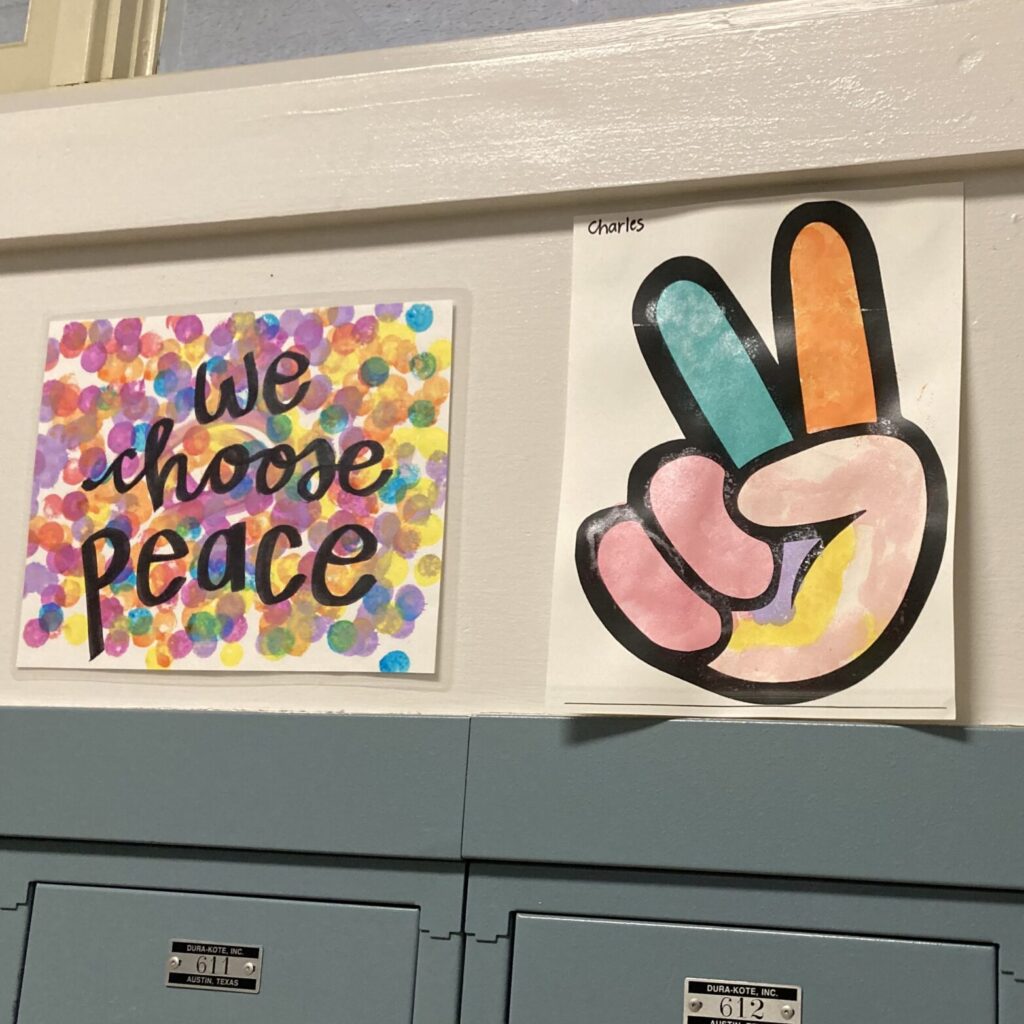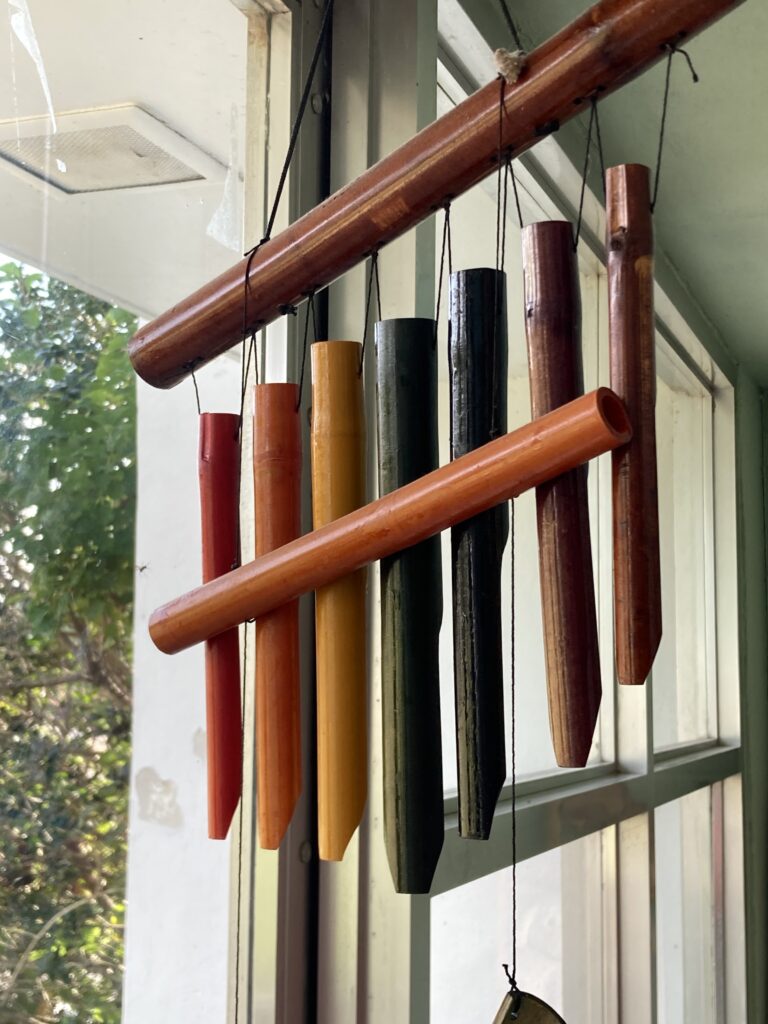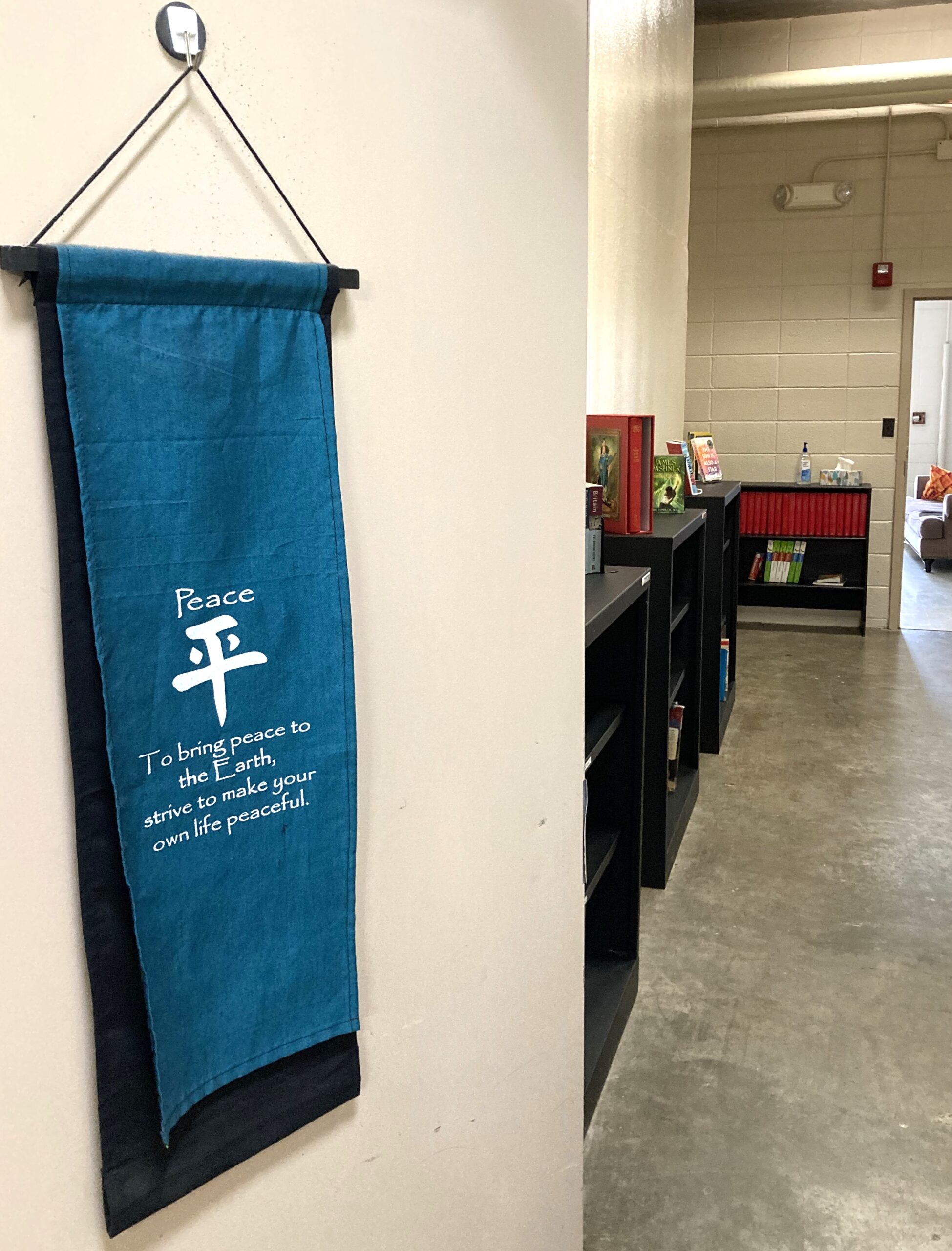I have a mentor who talks about getting on the “No Train.” The first time I heard that, I thought, “Right! Good luck with that!”
She didn’t simply repeat the “Just say no” mantra, though. She had some really great tips for getting on that train…and riding it into the future with a passion for life full of choice and ease.
I must be totally ready for this lesson because not only was this mentor giving it, but at least three of the folks whose guidance I receive were giving the same message in one way or another.
Robert said, “You don’t have to do anything.” I rolled my eyes at that one, too.
Another’s advice was to choose the one thing that gives me the greatest frustration and put “I don’t do…” in front of it. For example, “I don’t do holidays.” “I don’t do pages of conference reports.” or “I don’t do overwhelm.”
My initial reaction to each of these wise souls was the same: It’s not possible! Never gonna happen. In spite of my respect for each of them, I was pretty sure that they never had an imposed deadline, a bean-counting boss, or teaching during the holidays. Without much faith in their ideas, I shrugged my shoulders and decided, What do I have to lose?
Maybe a busy and overwhelmed schedule, that’s what!
And, I’ll be honest in my amazement that just repeating these words to myself had some amazing results!
When I felt like I had too many things on my list, especially items put there by someone else, and I told myself, You don’t HAVE to do anything, it was astonishing! Suddenly everything on the list became a choice. There was incredible freedom in that. So much so, in fact, that I often completed the entire list in less time and with a whole lot less resentment and frustration. I made decisions that came from my own heart. These words were and inspiration that was in sync with the tasks. The heaviness lifted!
Nevertheless, there were still times when I felt the burden of a task that I either couldn’t get organized or that felt too big to tackle. That’s when I got this lesson:
You always have time for the things that matter most.

This lesson arrived by way of a story: A gentleman found himself diagnosed with a critical illness that would end his life within a few short months. Not wanting to face this fate, he sought in vane to find alternative diagnoses. So he made a decision to spend the months he had left doing only those things that he determined truly mattered.
As the story goes, he chose to travel, be with his family, rest, and make choices that would bring him joy. During this time, he met someone and fell in love. His new partner, hoping for more time together, suggested he consider seeking someone who could look at his health and give him more insights. Remarkably, his new physician had a totally different diagnosis: The man did have a rare form of the same illness, but this form was completely curable.
The man burst into tears.
These were no tears of joy, however. The tears he shed were tears of sadness and fear. He was immediately smacked with the possibility that the new life he’d created would slip away. He faced the fear that his life made of choices rooted in what mattered most in the moment, would return to a list of to-do’s. He never wanted to lose the joy and peace he’d achieved and knew the power of living a status quo life.





